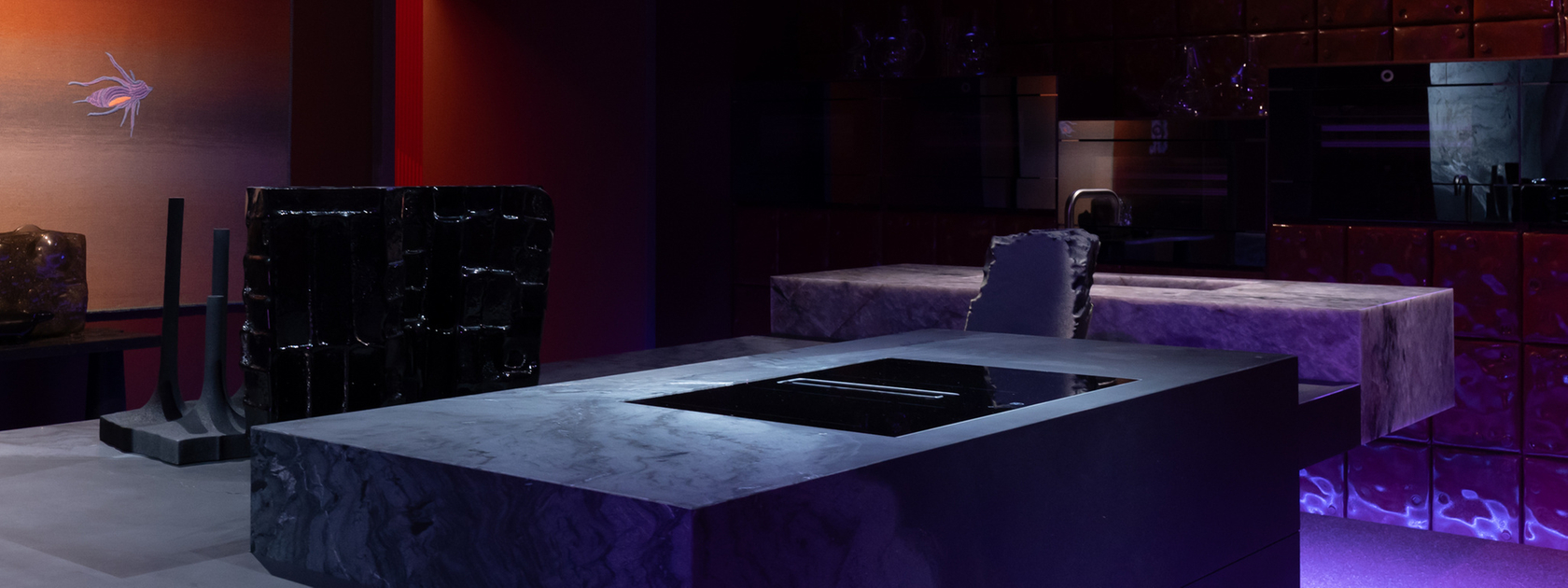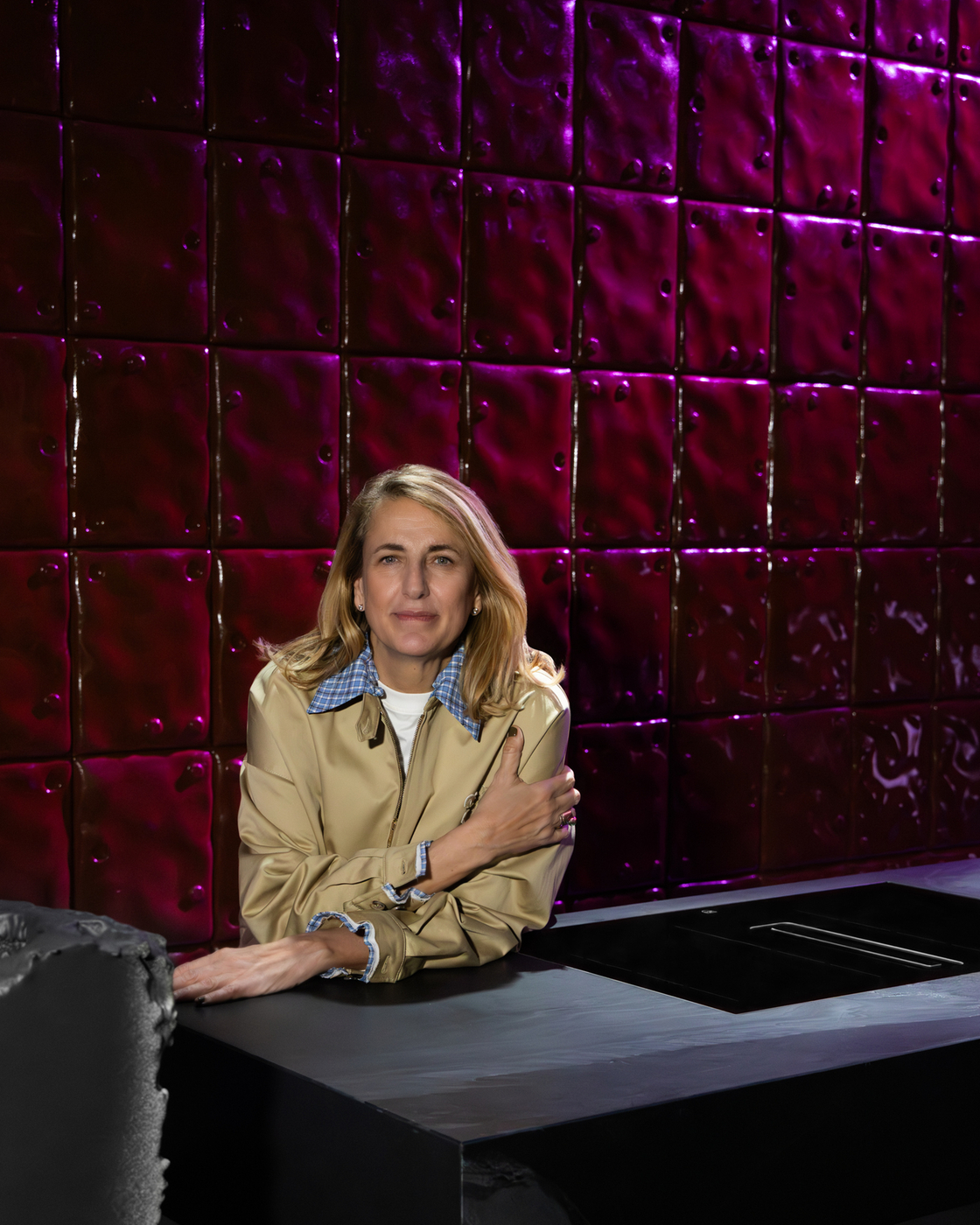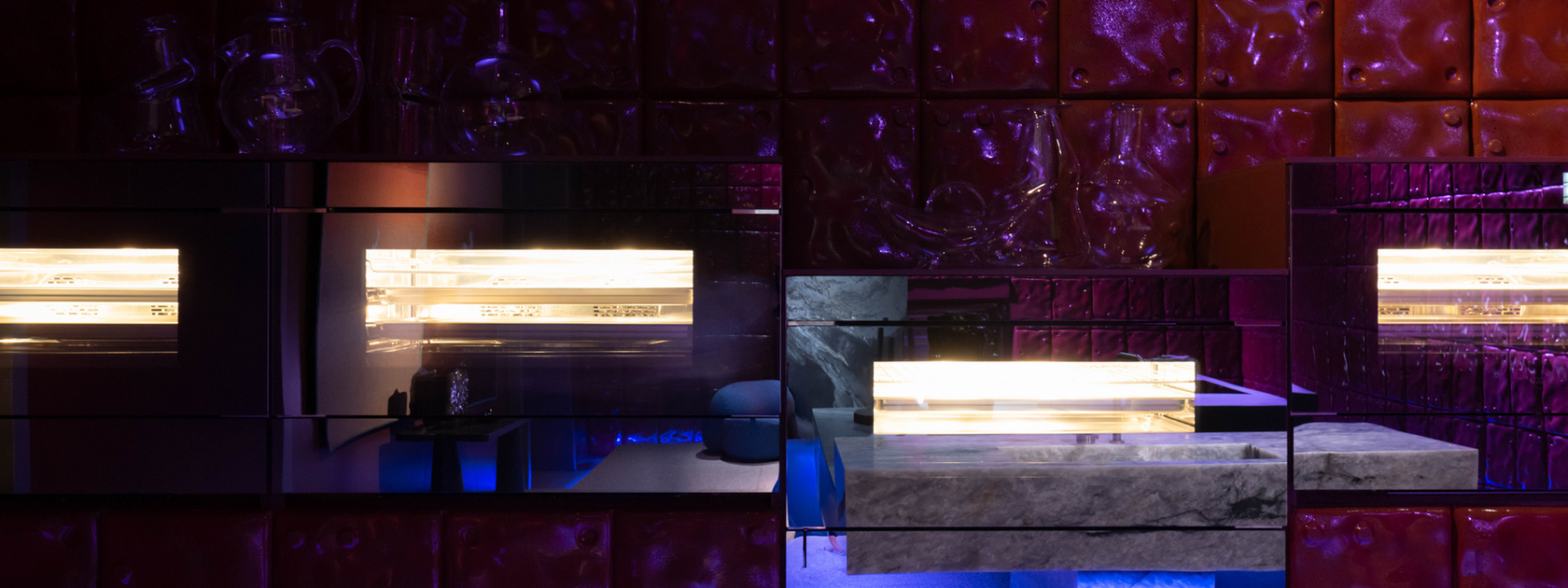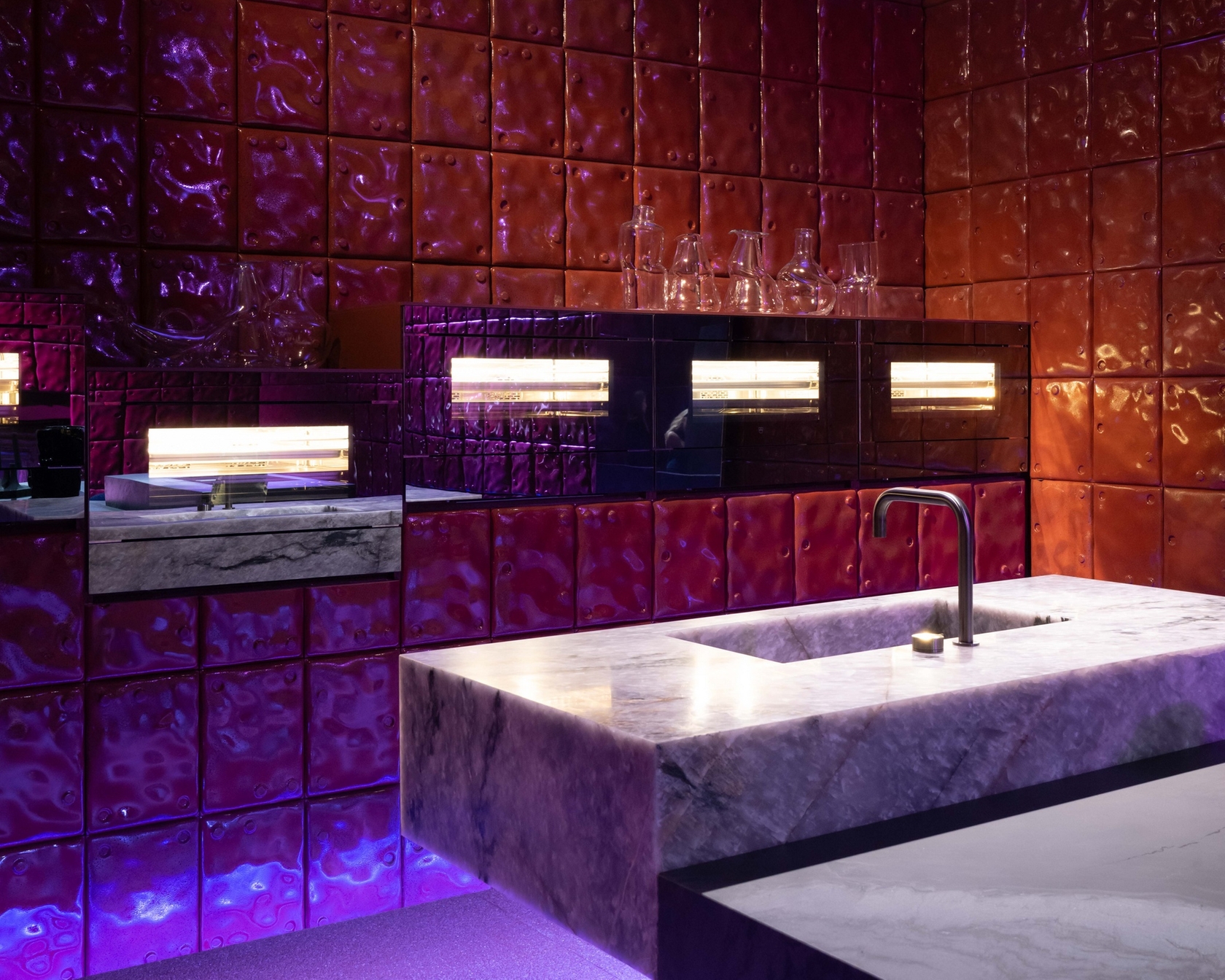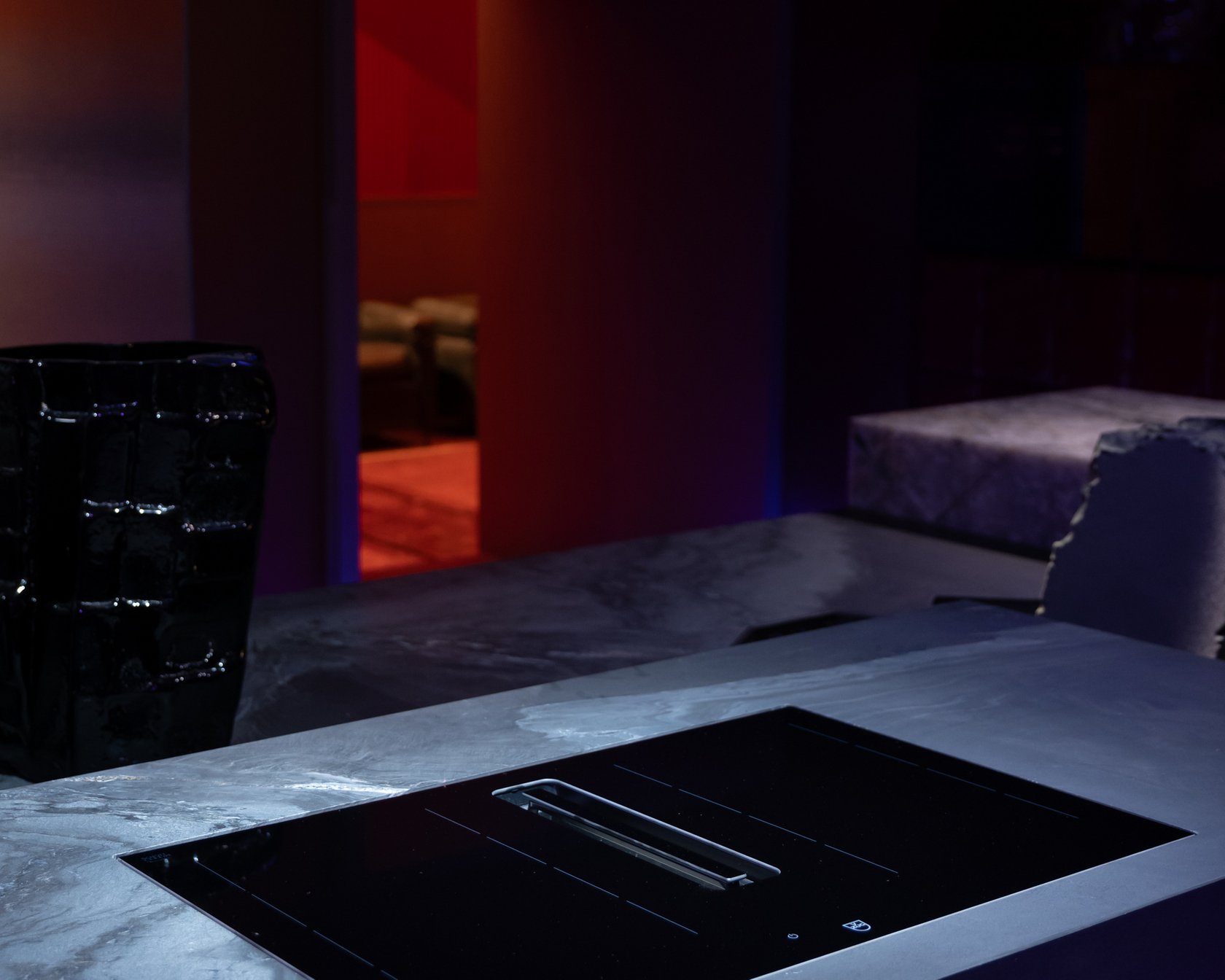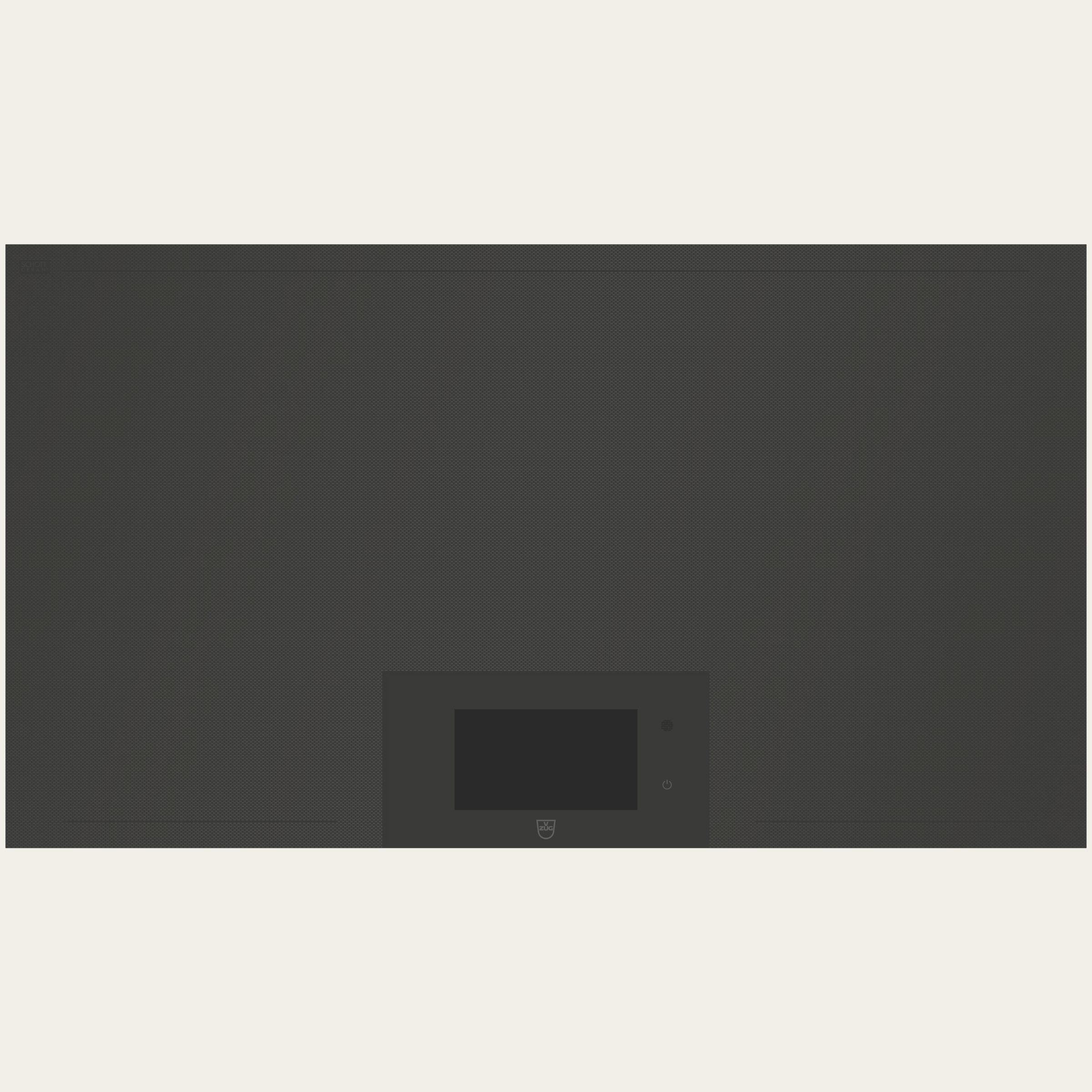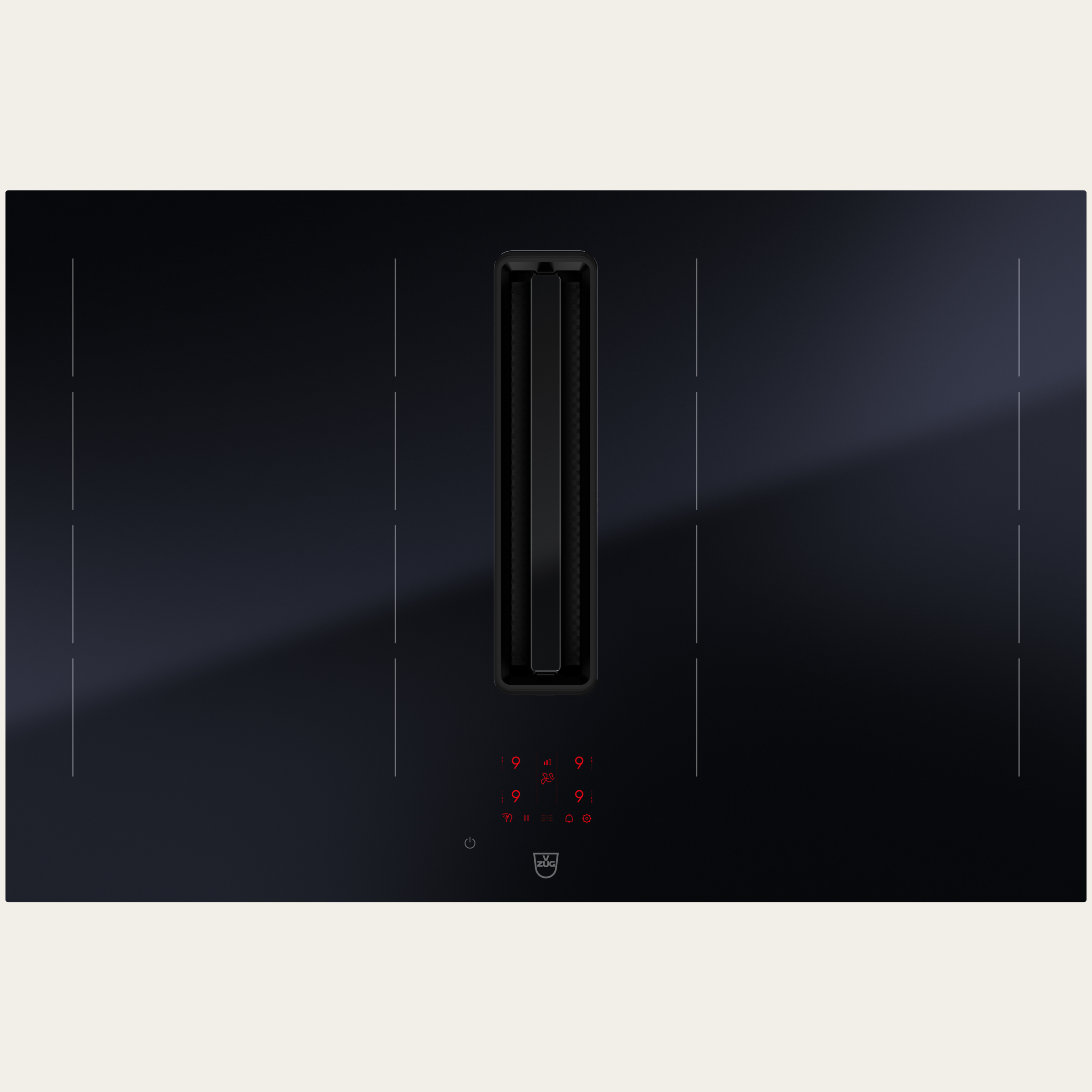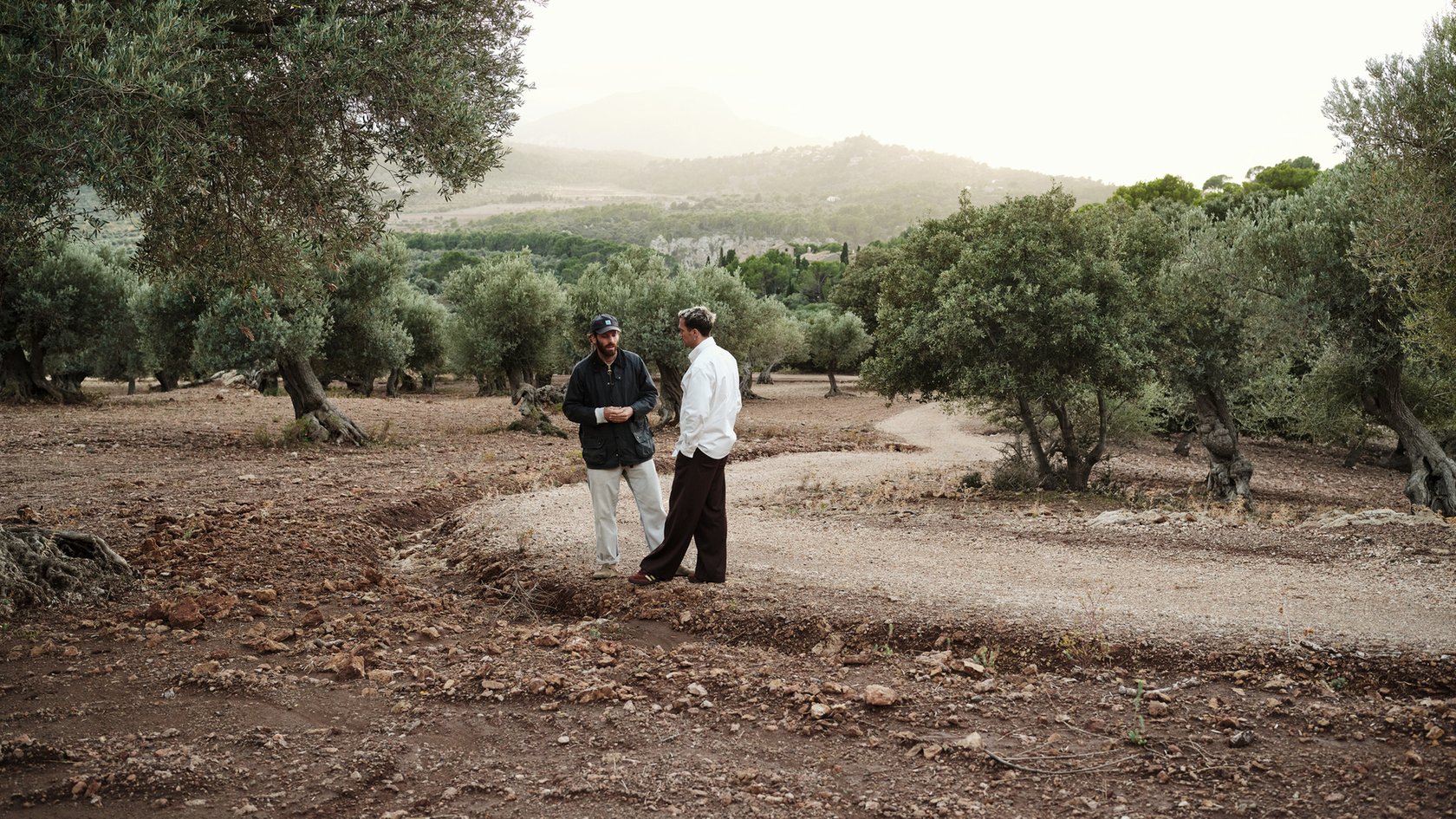Patricia Urquiola, what makes Milan Design Week special to you?
Milan is my city of choice – it’s where I live, where I began my professional journey, met key people and developed meaningful projects. Over the years, I’ve witnessed the city transform into the capital of design, attracting over half a million visitors during Milan Design Week. Thanks to the Salone del Mobile and the dedication of Italian design companies, what began as a furniture fair has become a global platform for designers and architects, a creative lab open to every discipline. This energy doesn’t fade after one week: it’s kept alive by a network of showrooms, studios, companies, events, and design publishers throughout the whole year.
How did your collaboration with Elle Decor Italia begin, and why is this year particularly significant?
My relationship with Elle Decor Italia is rooted in mutual curiosity and a shared passion for narrative-driven design. This year I’m curating their annual exhibition. My project, Alchemica, doesn’t just represent an ideal home, it’s conceived as an immersive and experiential journey. It celebrates transformation, and it shows how editorial vision and design practice can come together to create something poetic and unexpected.
What is the concept behind Alchemica?
Alchemica is an exploration of the home through the metaphor of alchemy – something that has never been an exact science, but rather a field of experimentation, a crossroads of science and magic, where nature meets artifice. It looks at the home as an ever-evolving space of constant transformation – a laboratory of ideas and experimentation. I see the home as a living, transforming organism, shifting throughout the day, the seasons, and the phases of life. It’s not a fixed perimeter, but a mutable system, reflecting our complexity and constant evolution. The structure of Alchemica unfolds like an ouroboros, the serpent that bites its own tail, symbolising a perpetual cycle of transformation. The alchemical power should be interpreted as the ability we possess to change things within this ongoing flow, to find our own philosopher’s stones and start anew.
How do the themes of transformation and experimentation reflect your design philosophy?
I like to navigate across different disciplines, scales, and materials. That’s where the most interesting things happen – when ideas are allowed to evolve. I’m interested in objects and spaces that are in flux, never static. Transformation is a way to keep the design alive, connected to the user and to time.
